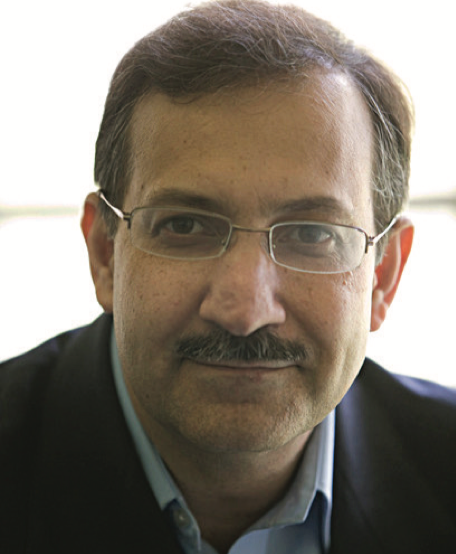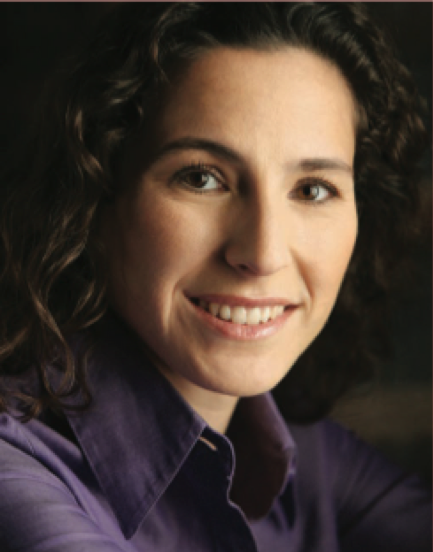KITP’s visiting scientists cite the Institute as the catalyst for new ideas
 MEHRAN KARDAR
MEHRAN KARDAR
Francis Friedman Professor of Physics at the Massachusetts Institute of Technology
“I have truly...lived off the ideas and collaborations that were initiated at KITP.”
Mehran Kardar is a statistical physicist known for the Kardar-Parisi-Zhang equation, a widely applicable model of a randomly growing interface. Kardar counts himself among the many statistical physicists who find research questions in biology, a development he credits in part to KITP.
“It’s a good way to initiate collaborations in various topics and meet people that you wouldn’t have interacted with otherwise,” he says.
One of Kardar’s KITP visits, along with his work with Leonid Mirny, galvanized an MIT graduate course in statistical physics in biology. The course links to many KITP seminars on the subject, and its impact reaches beyond MIT through the Institute’s OpenCourseware website.
In 2008, Kardar co-organized a KITP program called “The Theory and Practice of Fluctuation-Induced Interactions.” The program inspired his graduate student, Sahand Jamal Rahi, who subsequently transitioned to biophysics and will start his own lab in Lausanne in 2018.
 JUNA KOLLMEIER
JUNA KOLLMEIER
Astrophysicist at The Carnegie Observatories Director of the Sloan Digital Sky Survey-V
“The KITP is a ‘breakthrough accelerant,’ an enzyme for discovery.’’
Juna Kollmeier researches the emergence of structure in the universe. As the first theoretician at the Carnegie Observatories, she started its program in theoretical astrophysics.
Kollmeier’s work spans spatial scales from black holes to the Intergalactic Medium, and she uses both computational and analytical theory in close dialog with observational results. Her first visit to the KITP was as a graduate student affiliate in the “Galaxy-Intergalactic Medium Interactions” program. She believes opposing ideas can accelerate scientific discovery and views KITP as a crucial safe space for constructive debate.
“That really set my view because there were a very significant fraction of the best people in the field, all rapping about this one thing and debating with each other!”
According to Kollmeier, there is an abundance of high-quality data, revealing anomalies that beg for resolution. There is a real sense of imminent breakthrough, and each disparate area contains an element of that revolutionary event.
“We all want to see that happen in our lifetimes,” she shares.
